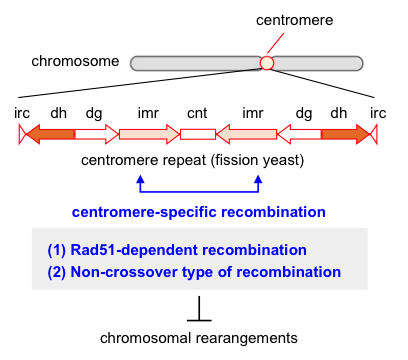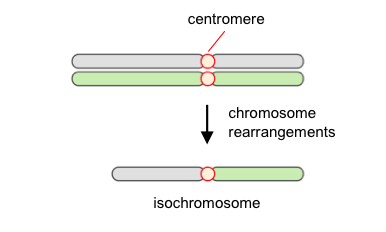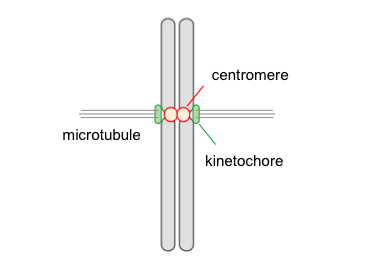Mixing and matching yeast DNA

Osaka University scientists show molecular factors that determine why some regions in yeast chromosomes are apt for remodeling, while other regions stay faithful during cell replication.
The billions of cells in your body can be traced to a single cell. That single cell will replicate and divide into two new cells that will replicate and divide on and on until the whole body is formed. For each division, the cell will replicate its chromosomes, which are then divided equally between the two new cells. The centromere is the structure that assures equal division of the chromosomes. A new study by Osaka University researchers shows in yeast that different proteins regulate the distinctive behavior of the centromere from non-centromere regions in the chromosomes .
"In meiosis, the non-centromere undergoes lots of crossover-type recombination but the centromere does not. We do not know how these regions behave during mitosis," explains Associate Professor Takuro Nakagawa, who compared the two types of cell replication that happen in the body.
To compare the two regions in mitosis, Nakagawa had two of his doctoral students, Faria Zafar and Akiko Okita, examine the molecular machinery that controls the recombination in yeast. Like humans, yeast are eukaryotes, but their simpler centromere structure makes them ideal for these experiments.

Zafar and Okita found distinct factors that regulated crossover-type recombination at the centromere and non-centromere regions.
"Crossover-type of recombination was underrepresented at the centromere as compared to the non-centromere region" said Zafar.
"Rad51-dependent homologous recombination was prevalent at the centromere, while both Rad51-dependent and Rad51-independent homologous recombination were observed at the non-centromere region," she said.
These differences could explain why centromeres are not a location for chromosomal rearrangements in mitosis, which is consistent with their behavior in meiosis.

Okita explained that the absence of crossovers was due to proteins specific to the centromere.
"Mhf1/CENP-S, Mhf2/CENP-X, and Fml1/FANCM were necessary for the suppression of crossing over," she said.
That tThe centromere has machinery that reduces the amount of recombination typical in the non-centromere region suggests the importance of its DNA fidelity and the evolution of this structure.
"It is interesting to see how cells have evolved. The cell has designed specific apparatus to protect certain structures from change," said Nakagawa.
More information: Faria Zafar et al. Regulation of mitotic recombination between DNA repeats in centromeres, Nucleic Acids Research (2017). DOI: 10.1093/nar/gkx763
Journal information: Nucleic Acids Research
Provided by Osaka University
















